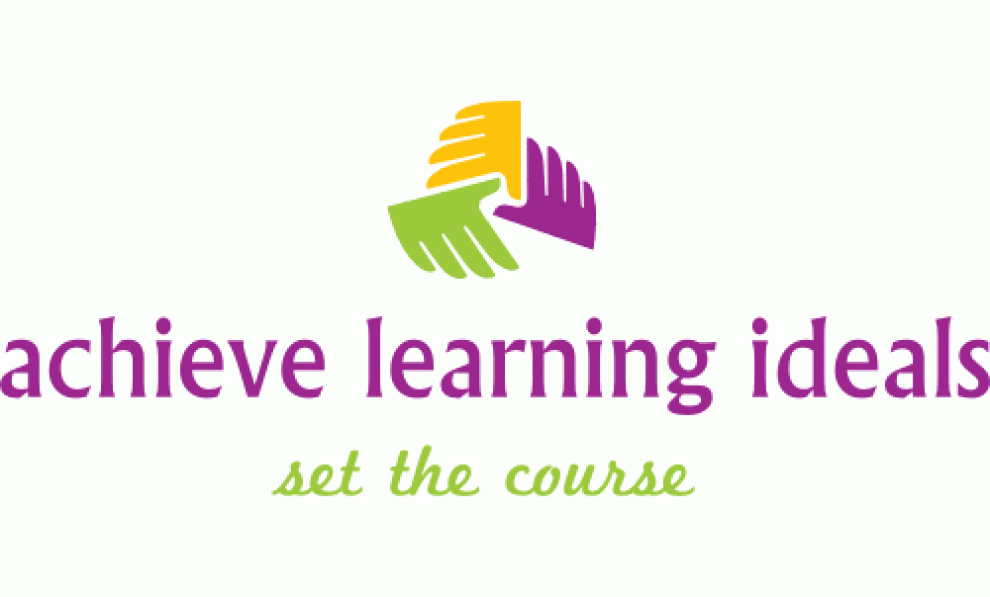It is everywhere! The statement that ” the only way to do a good job is to love what you do”. UM- not necessarily, and not really what we need to be proclaiming on classroom walls- as students rarely love drills- rarely love rewrites, rarely love the extra practice that must be undertaken to improve in any form of craft- or academic work.
How could we change it up then? This has been a constant desire of mine- to create a learning environment where all students receive the respect and opportunity to grow regardless of how much “hard work” both the educator and the student must apply before changes appear evident- and hard work isn’t always fun, nor is it always something one loves to do.
When we constantly toss about ideals that suggest “Passion” is all that is needed the craft behind the making may get lost in the dream that suggested “love is all you need”. I love the Beatles and all that they stood for, but would hazard a guess that not one of them really meant the statement literally. We need to get back to the core sense of practice, refining a skill and /or set of skills that will become, if not actually automatic, as close to automatic that an individual may muster and be able to call upon these skills as needed.
I cook, and when asked the secret ingredient have been known to answer “love” so indeed we all employ the suggestion that adding CARE will make a difference. And I am for caring classrooms everywhere- but not to the detriment of students being giving only the promise of learning without the practical tools. To truly empower students we need to offer guidelines; students whether in a regular or a flipped classroom, whether home-schooled or one of 50 in a classroom, benefit when the rules are clearly laid out, when the rubric is explained, and when the student is shown how to do something.
Practice may not make “perfect” but it will promote understanding; if the reasoning behind the practice is questioned, then dear teachers, do please have an explanation ready. Or depending on the age group of your students, think about sharing something that will spark discussion regarding why some types of practical actions do not always appear to be on target but indeed get the results- a classic film comes to mind- the original Karate Kid– hard to forget “wash on, wash off” as a muscle builder…
Sports and the Arts both offer a form of apprenticeship during which time participants improve their practice under the guidance of “master coaches”. The two words were juxtaposed on purpose, for mastery is what in the end produces that amazing result- the one that moves beyond rote and adapts or is applied to a specific situation, creating grace in action, be it a line on a page, a puck spinning towards a goal, or a new computer application. We all improve through practice if and when the areas where improvement is suggested are clearly defined, and clearly demonstrated with /through examples where these practical changes made a difference to the finished product.
It is about product in addition to process, and if/when we forget this we short change a student. Students are very self aware, and to be up lifted do not need simple pats on the back; they too want to recognize results and be proud of their own accomplishments. When a student is able to say “I worked hard on this and believe it says what I wanted it to say” the student is taking ownership of his/her learning- isn’t that really what as teachers we wish to produce?


 Shel Silverstein: collection of poetry for children – Full lyrics to the Unicorn may be found in his book
Shel Silverstein: collection of poetry for children – Full lyrics to the Unicorn may be found in his book